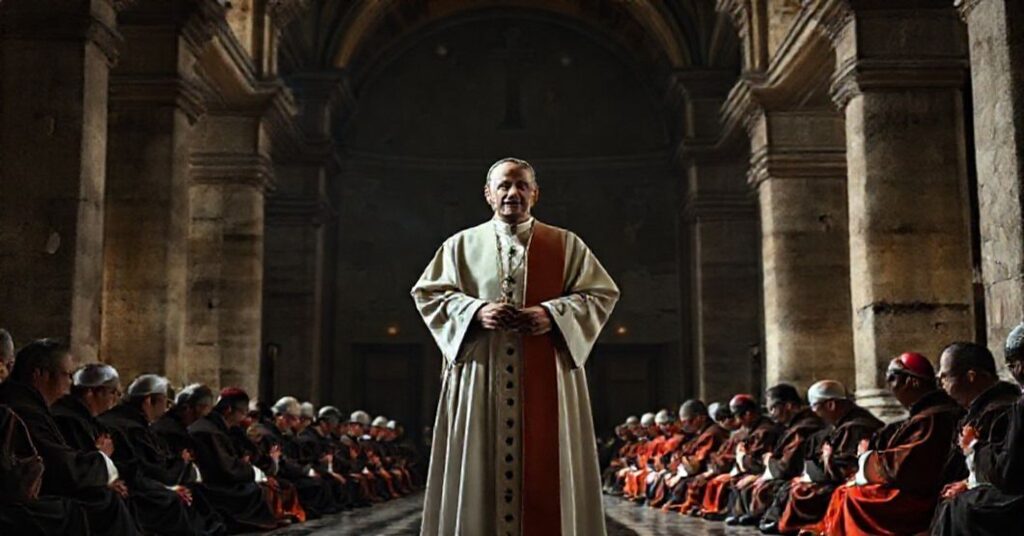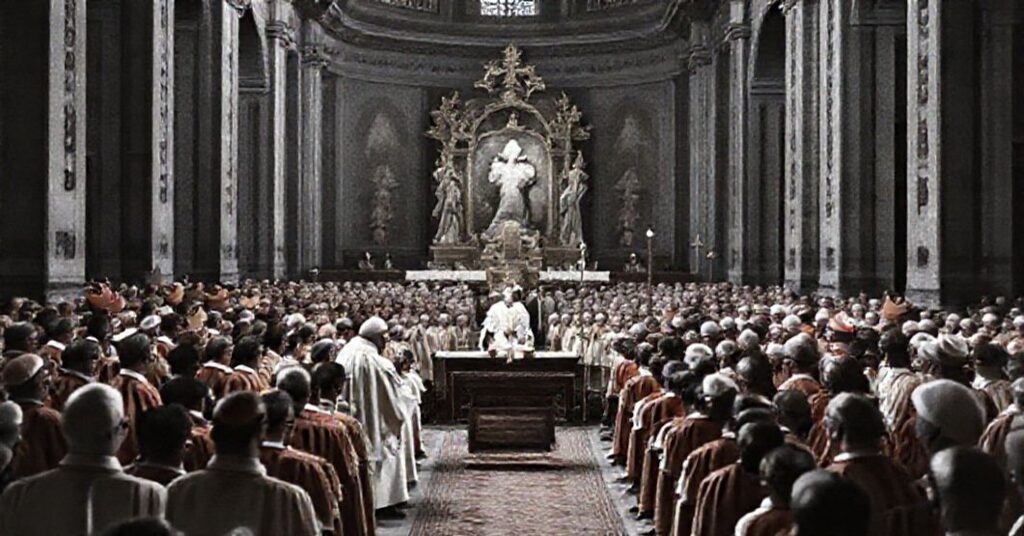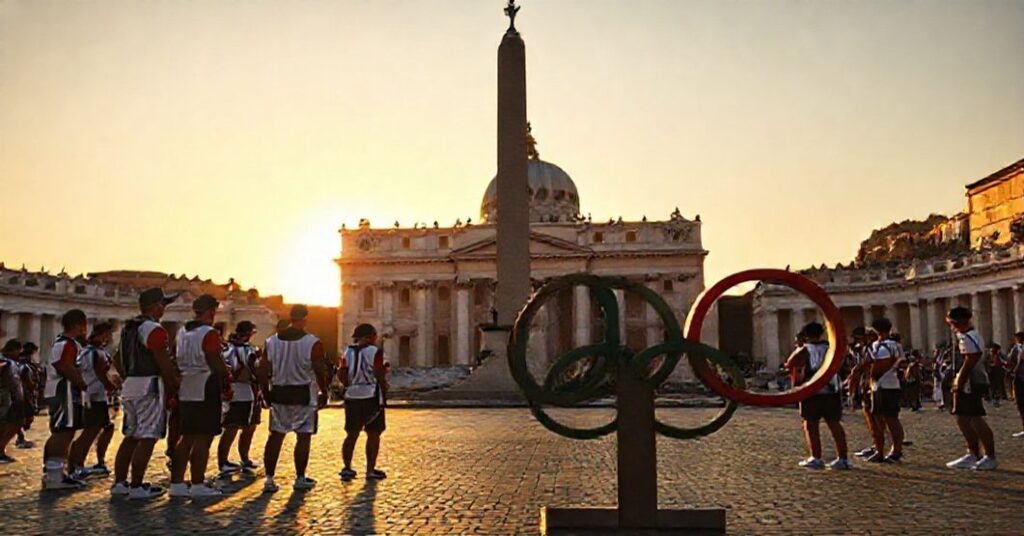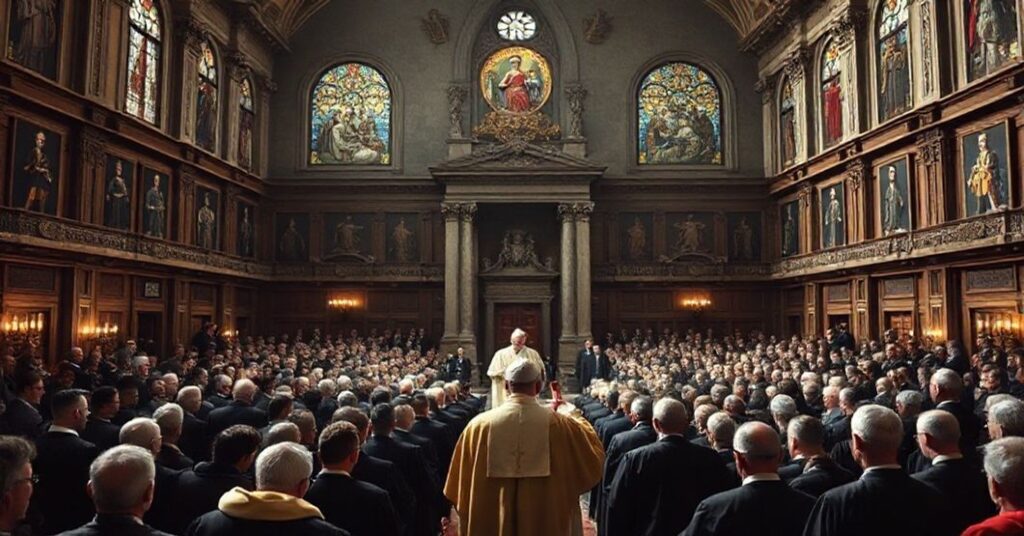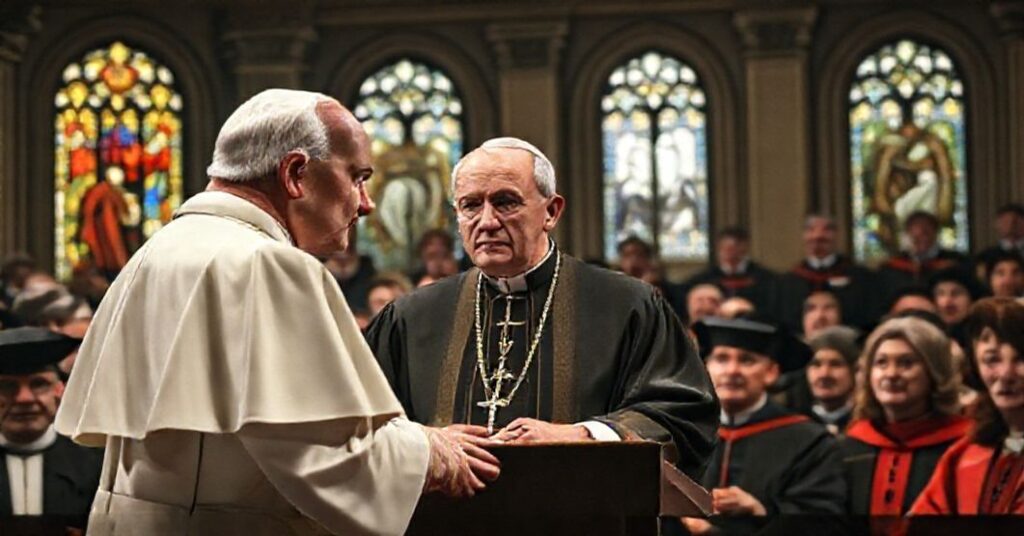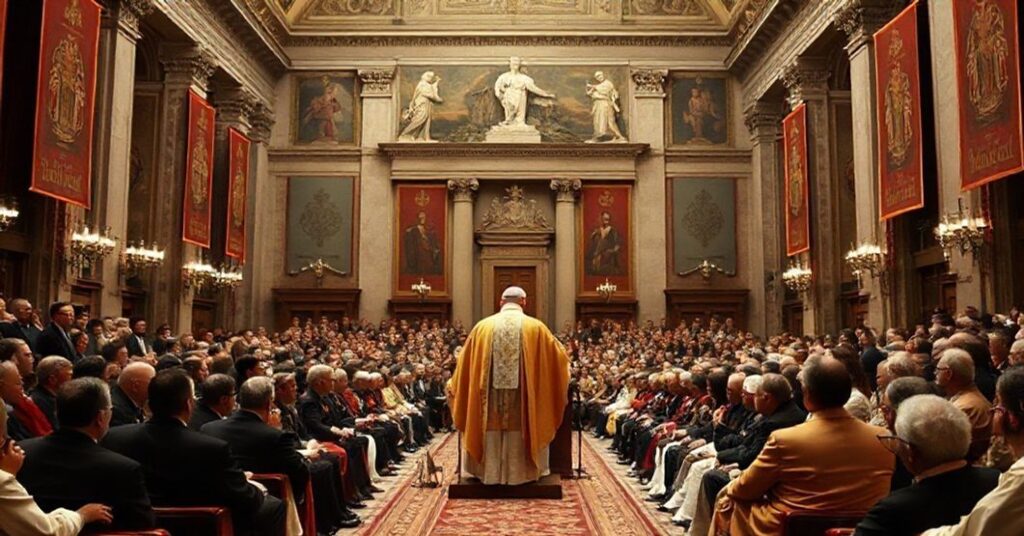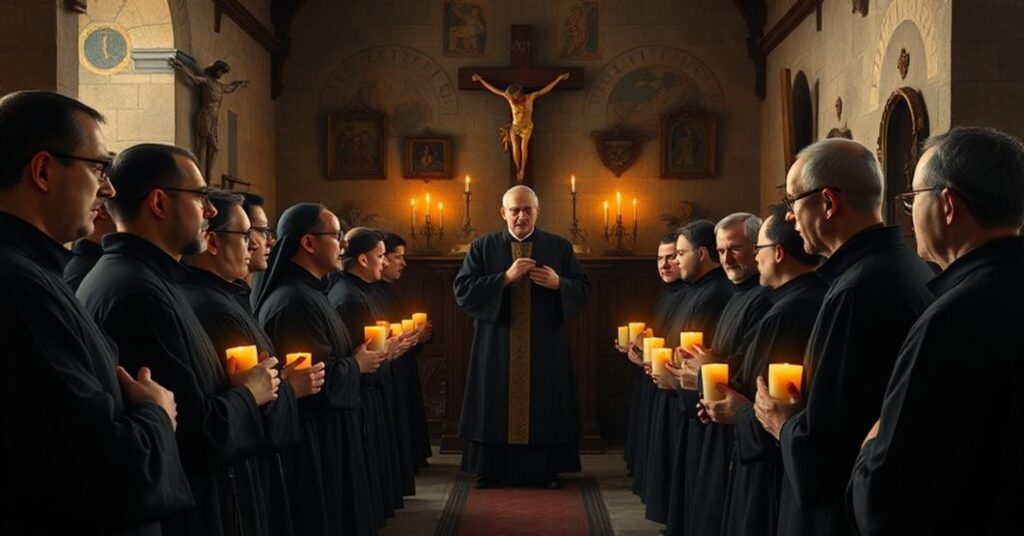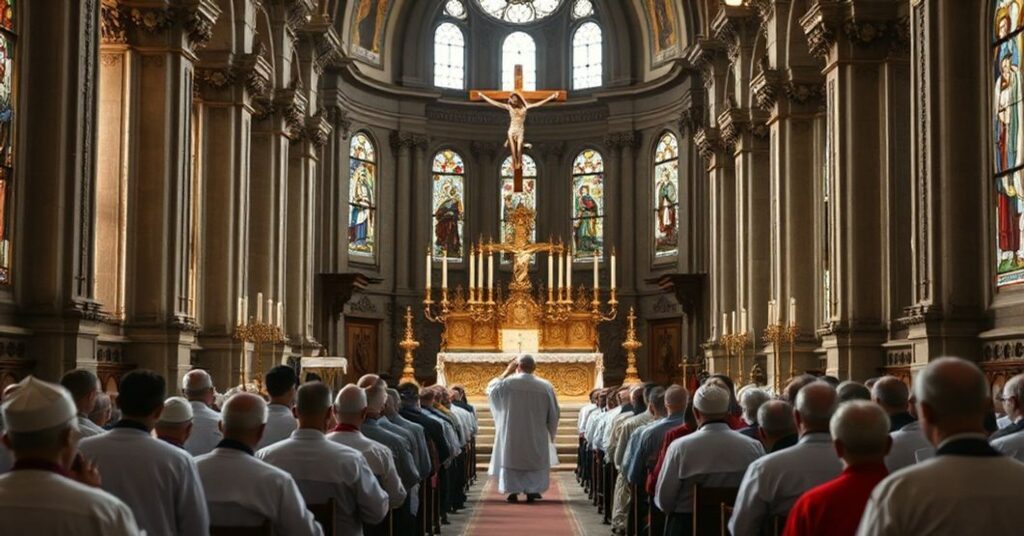LA CONSISTORIUM SECRETUM ALLOCUTIO IOANNIS XXIII (1960.03.28)
At this secret consistory allocution of 28 March 1960, Angelo Roncalli (“John XXIII”) extols the Roman Curia, laments persecutions (notably recalling Alojzije Stepinac), praises the recently concluded Roman diocesan synod, announces new members of the College of “Cardinals” from various continents as a sign of geographic expansion, and links this internationalization of the Sacred College to the coming “Second Vatican Ecumenical Council,” presented as an instrument to respond to contemporary needs, foster unity, and promote peace among nations. The whole discourse is framed as serene optimism in the face of global tensions and culminates in the creation and publication of several “cardinals,” including Laurian Rugambwa, as emblematic of a universal, inclusive Church.
This apparently pious and orderly allocution is in reality a programmatic manifesto of conciliar revolution, naturalistic optimism, and ecclesiological subversion, preparing the paramasonic neo-church that will eclipse the visible structures of the true Catholic Church.

